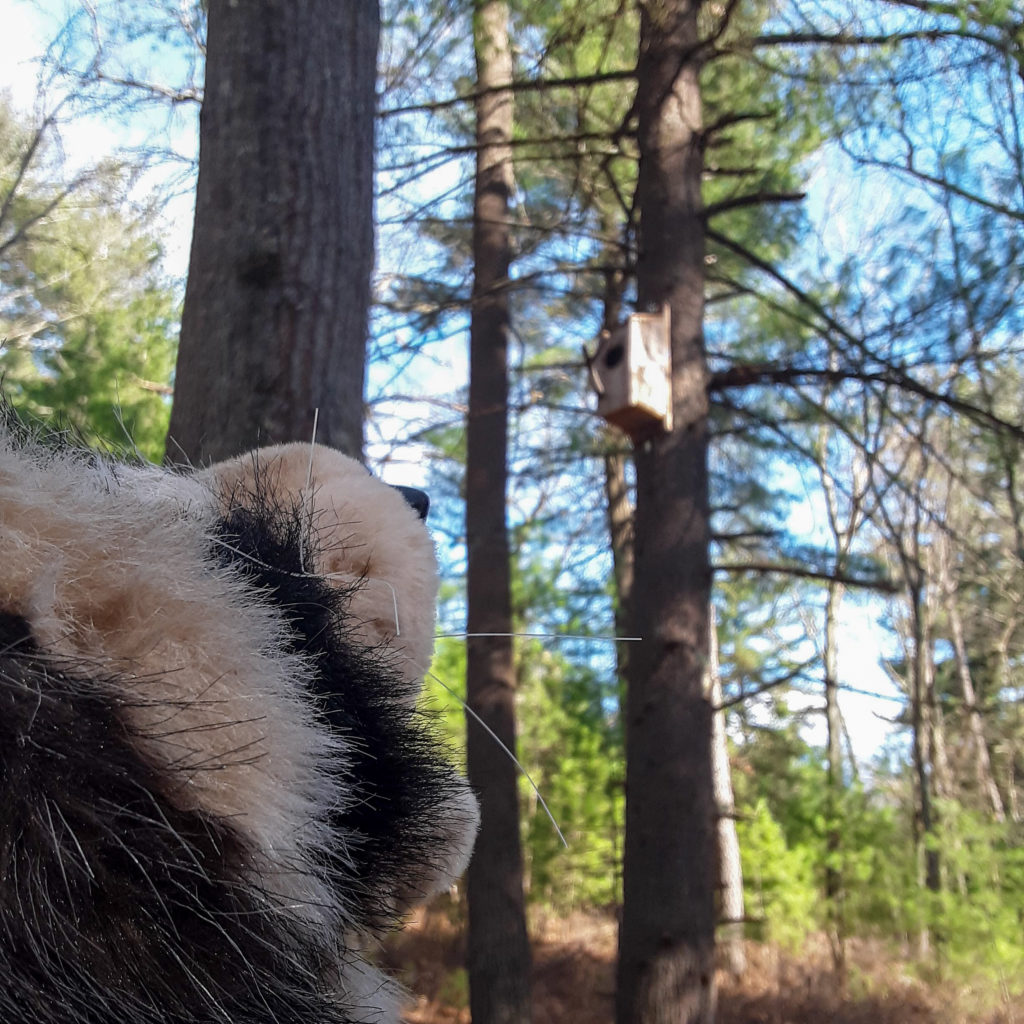
Milly has started today taking a tour of the Wildlife Sanctuary. She stopped to check out MABA’s Barred Owl Nesting Box by the vernal pool and hopes somebody moves in this spring.
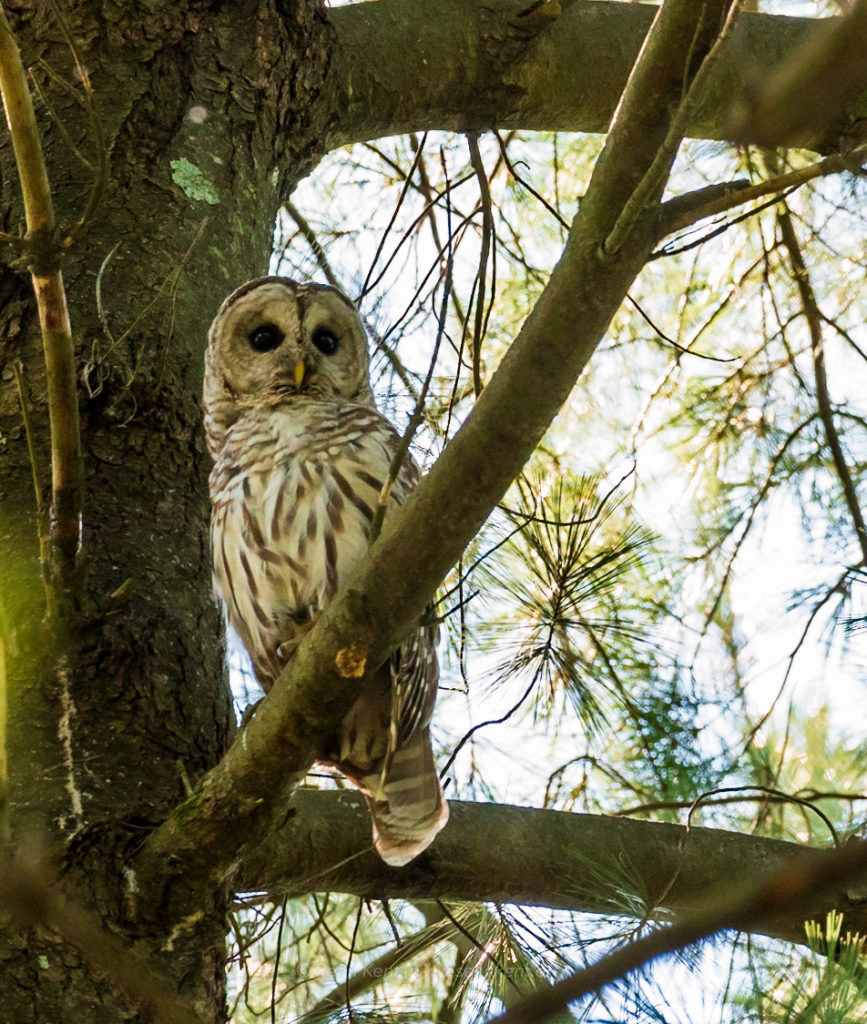


Milly has started today taking a tour of the Wildlife Sanctuary. She stopped to check out MABA’s Barred Owl Nesting Box by the vernal pool and hopes somebody moves in this spring.

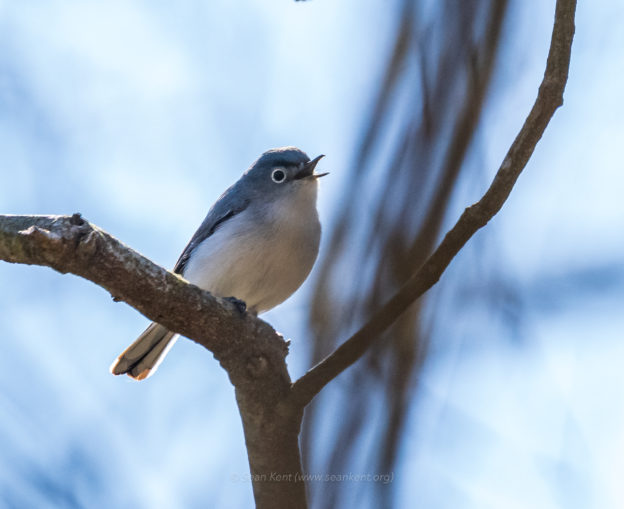

Catching its breath in between catching gnats this Blue-gray Gnatcatcher catches a few rays from the sun. Migrants are returning to Massachusetts. This Blue-gray Gnatcatcher was photographed in Easton on April 6, 2020.
Blue-gray Gnatcatchers spend most of their time in broadleaf and mixed forests with a healthy understory, especially those with streams and wetlands. They eat small insects, arthropods, spiders, and other small invertebrates. Check out their nests in the video below, amazing to see how it is camouflaged with lichens and built so naturally right on the branch.
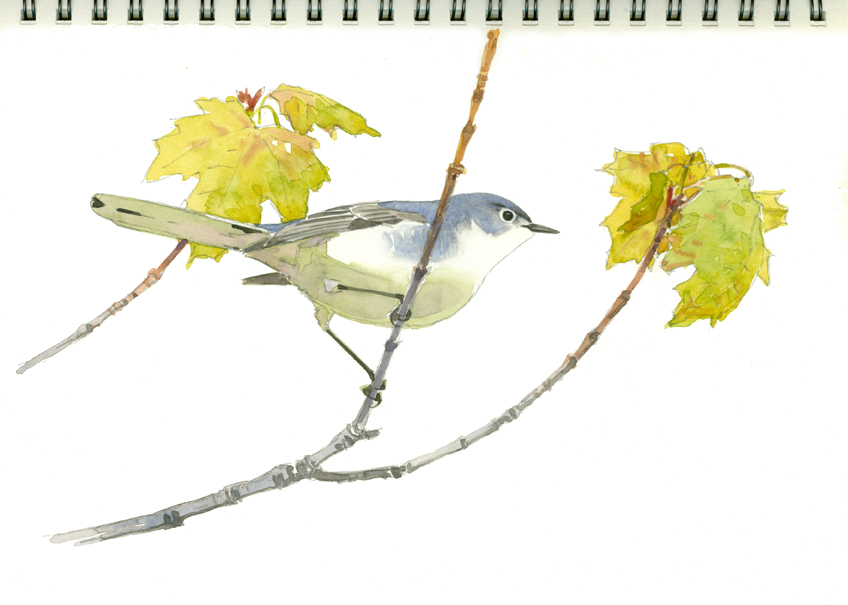
Enjoy Barry Van Dusen’s blog post about Blue-gray Gnatcatchers when he visited Mass Audubon’s Eagle Lake Wildlife Sanctuary, Holden, MA on May 11, 2015 during his residency at MABA.
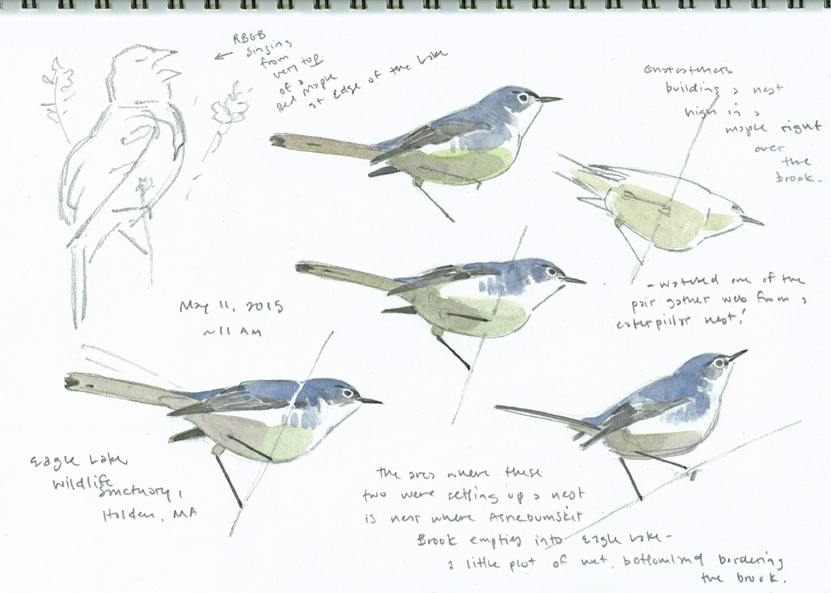
SUPPORT OUR WORK and Donate to the Museum of American Bird Art
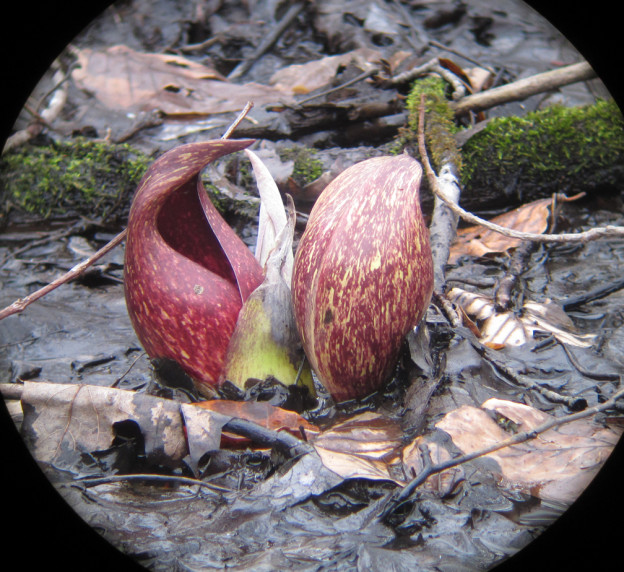
This is a guest blog post by Julianne Mehegan, a wonderful friend of MABA, birder, and naturalist.
Skunk cabbage is a plant with super powers. It grows in wetland areas. In winter skunk cabbage can warm the mud up to 70 degrees. The flowers push up through the warm mud and attract pollinators before any other plants come up.
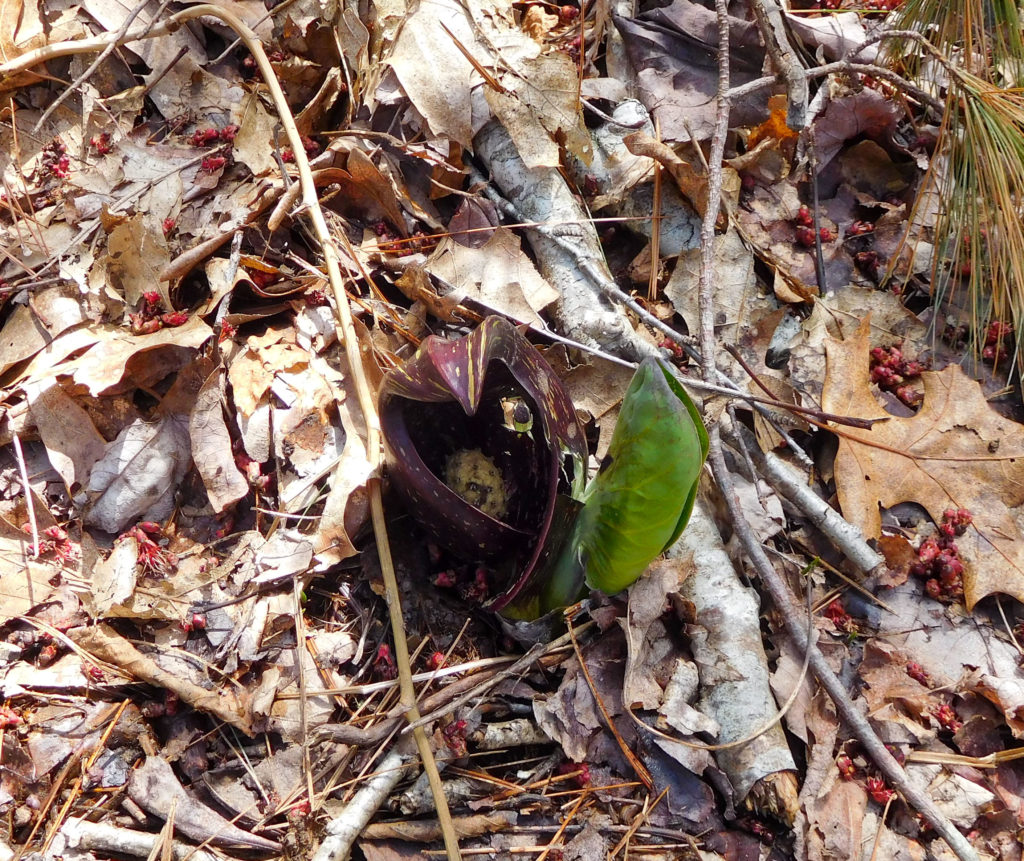
A few days later the leaves appear. They are bright green and resemble cabbage. When crushed the leaves give off an unpleasant odor, like a skunk. That’s how this plant got it’s common name skunk cabbage.

In early spring as you walk in wetland areas, look for Skunk cabbage growing in the mud. Look closely at the flower and the leaves. Skunk cabbage loses its leaves every year but the plant can live up to 20 years. The scientific name is Symplocarpus foetidus. In Latin foetidus means foul smelling.
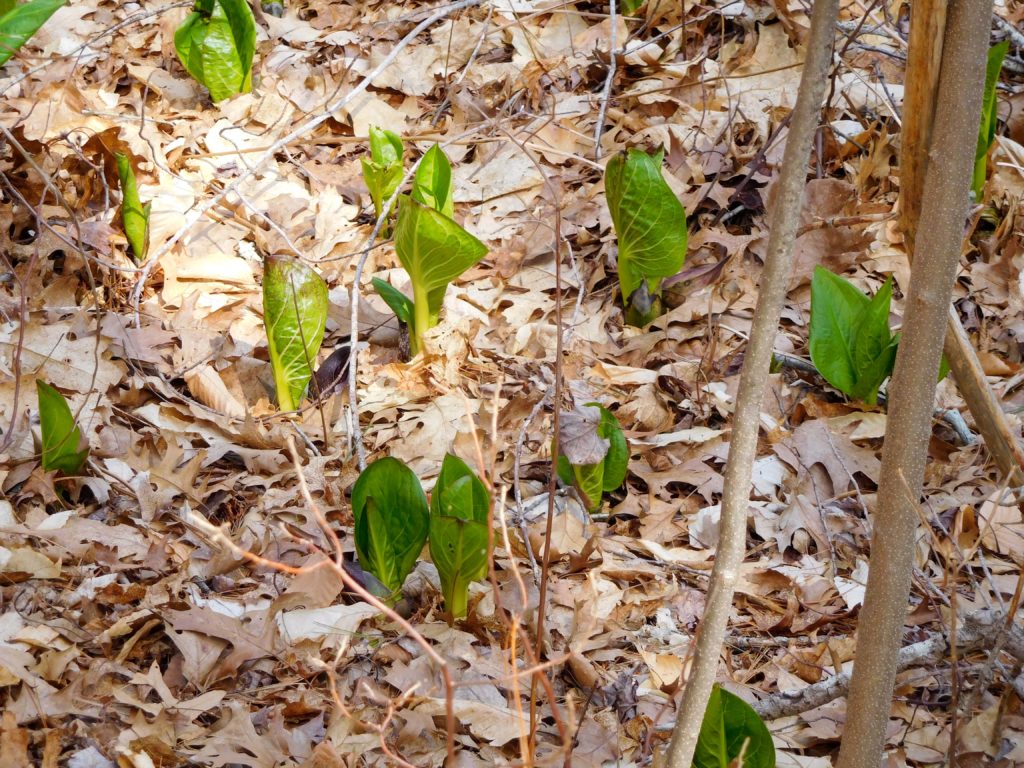
When Barry Van Dusen was MABA’s artist in residence, he wrote a nice blog post about skunk cabbage while he was at the Habitat – a Mass Audubon Wildlife Sanctuary and Education Center in Belmont Massachusetts.
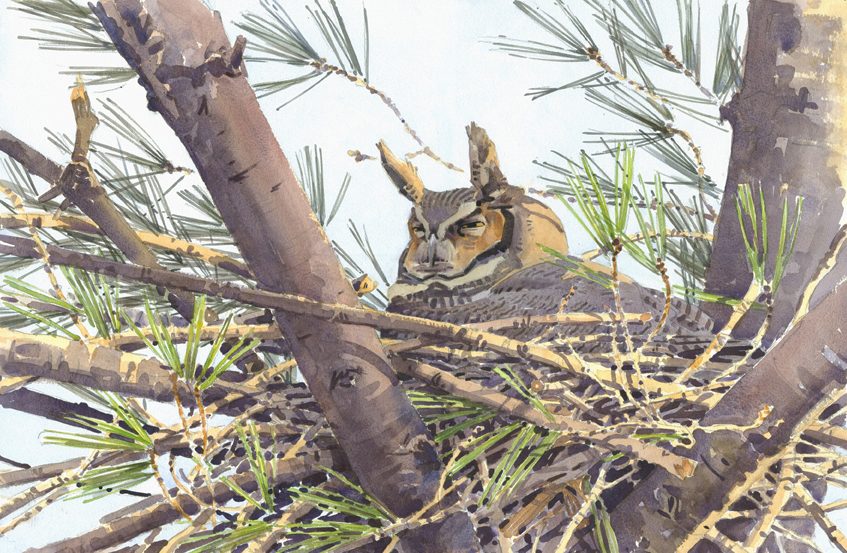

As our patterns of life have fragmented into a new routine, the ritual of finding solace and comfort in nature – whether it from my living room window while my girls jump on the couch (happening right now as I write), in my yard, or at nearby conservation land – seem all the more important.
“…While I was thinking this I happened to be standing
just outside my door, with my notebook open,
which is the way I begin every morning.
Then a wren in the privet began to sing.
He was positively drenched in enthusiasm…”
When the chance allows in the morning, during the days with my kids, or in the late afternoon, I’ve been trying to spend time observing nature and taking photographs to share with you.
With the spring really starting to spring, the Red-winged Blackbird takes center stage.

You will see Red-winged Blackbirds spending their breeding season in Massachusetts in places like freshwater ponds, fresh and saltwater marshes, and streams. They especially love areas with reedy plant growth. Red-winged Blackbirds will occasionally nest in forests along waterways, sedge meadows, and fallow fields at farms.
For the next few months, you will see males making dramatic displays and calls to defend their territory. Learn more by watching the video below.
The song of the Red-winged Blackbird is a constant sign of spring in wetland areas. The song of a male is a creaky conk-la-ree! Listen to it in the following video.
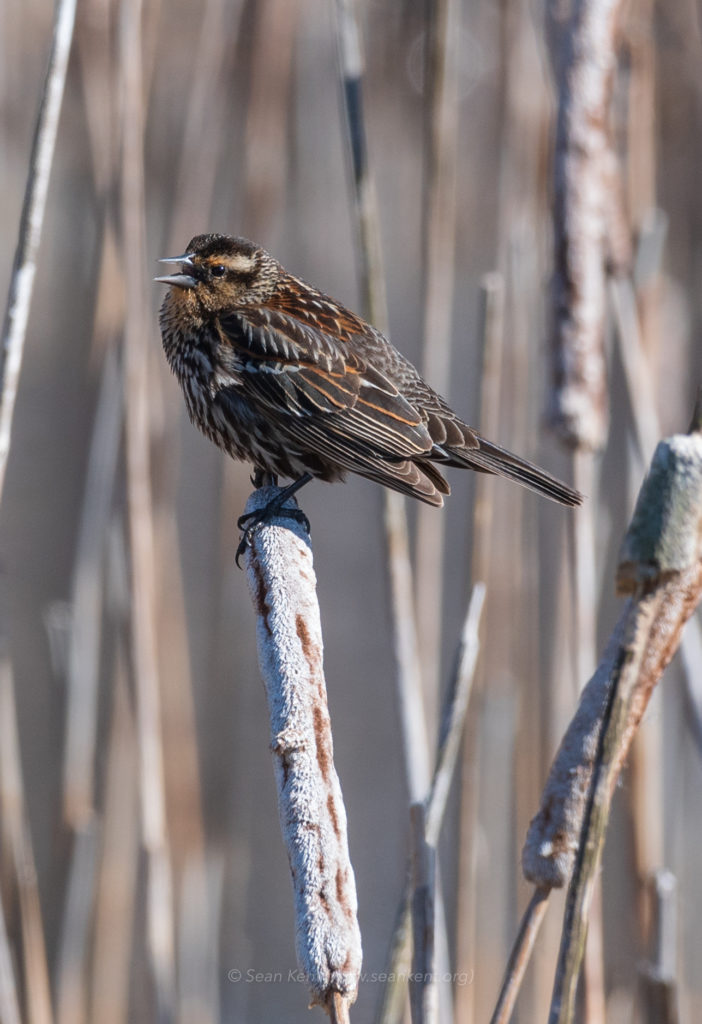
Blending in is the goal of the female Red-winged Blackbird. She will sit still on her nest, usually built in the reeds with brownish grasslike material. It is imperative that predators overlook her and the nest. Few female Red-winged Blackbirds have arrived in Massachusetts, they usually arrive 2 to 3 weeks after the male Red-winged Blackbirds.
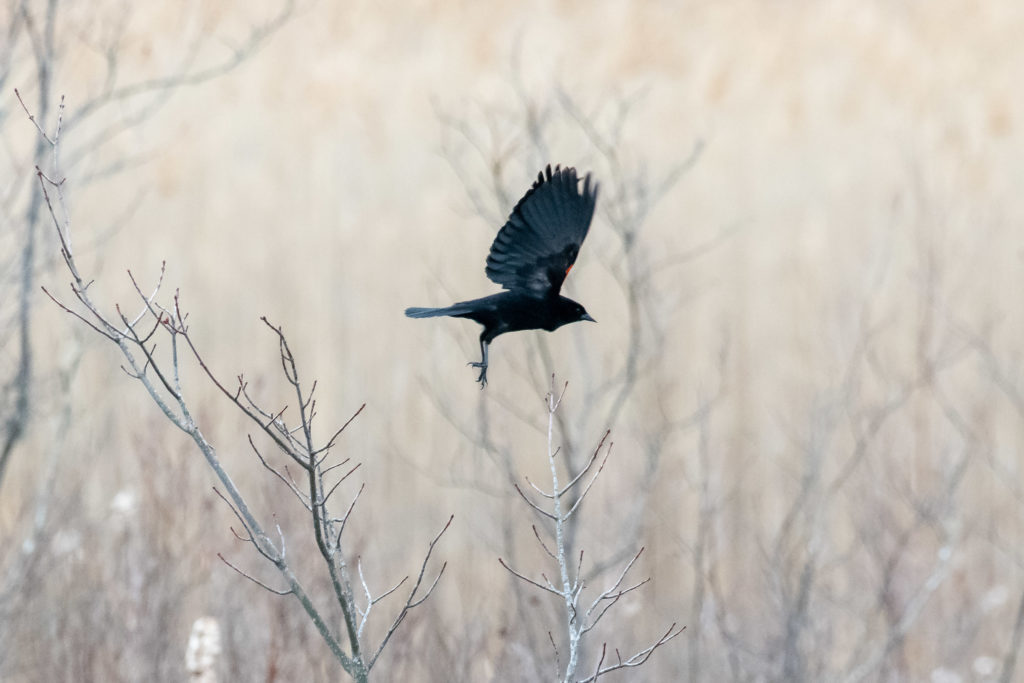

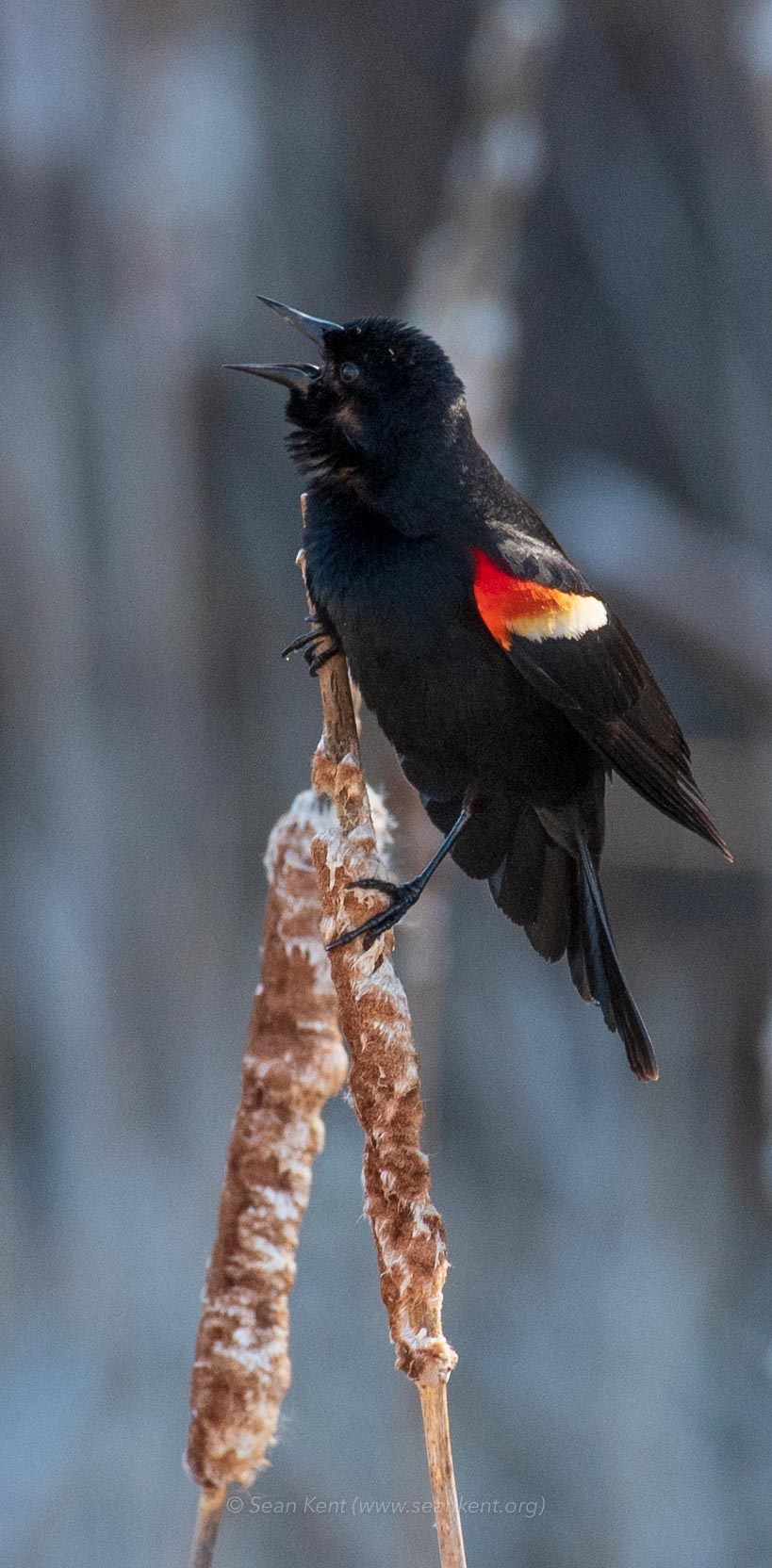
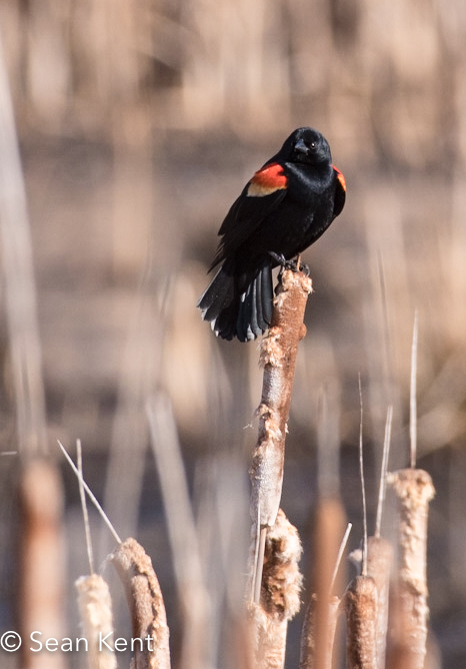
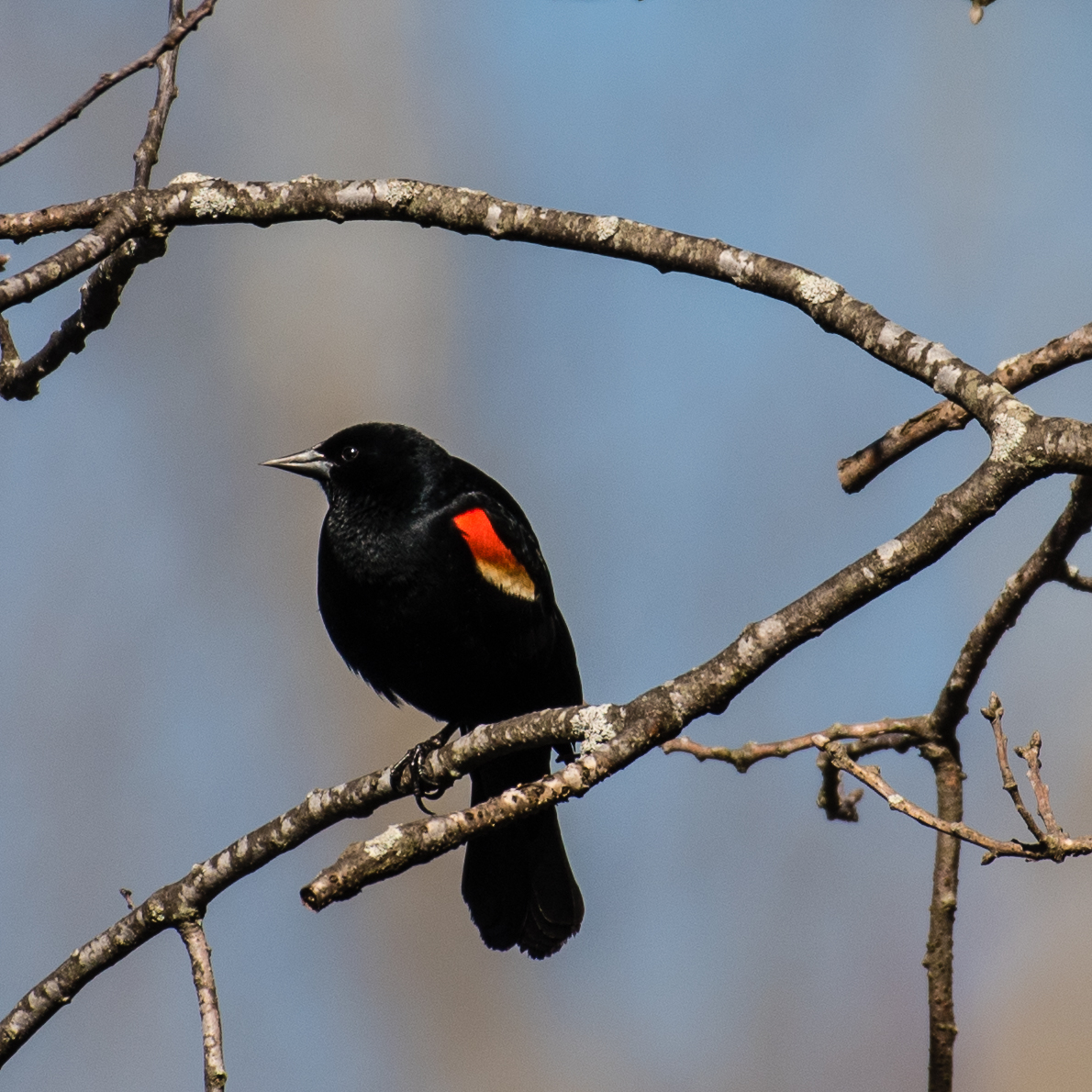
Photos by Sean Kent
Nothing is so beautiful as Spring –
When weeds, in wheels, shoot long and lovely and lush;
Thrush’s eggs look little low heavens, and thrush
Through the echoing timber does so rinse and wring
The ear, it strikes like lightnings to hear him sing;
The glassy peartree leaves and blooms, they brush
And remember, be safe, be well, you’re not alone, and we will meet again.

We are delighted to introduce a new series in our Taking Flight blog, Art Views, a fascinating collection of personal perspectives. Artists, collectors, MABA staff and other art enthusiasts have generously agreed to write about bird art that is meaningful to them. Posts may be about how an artist approaches their work, profiles of artworks in MABA’s collection, or whatever catches our guest bloggers’ fancy. Keep reading, share your comments, and enjoy!
~ Amy Montague, Museum Director of the Museum of American Bird Art
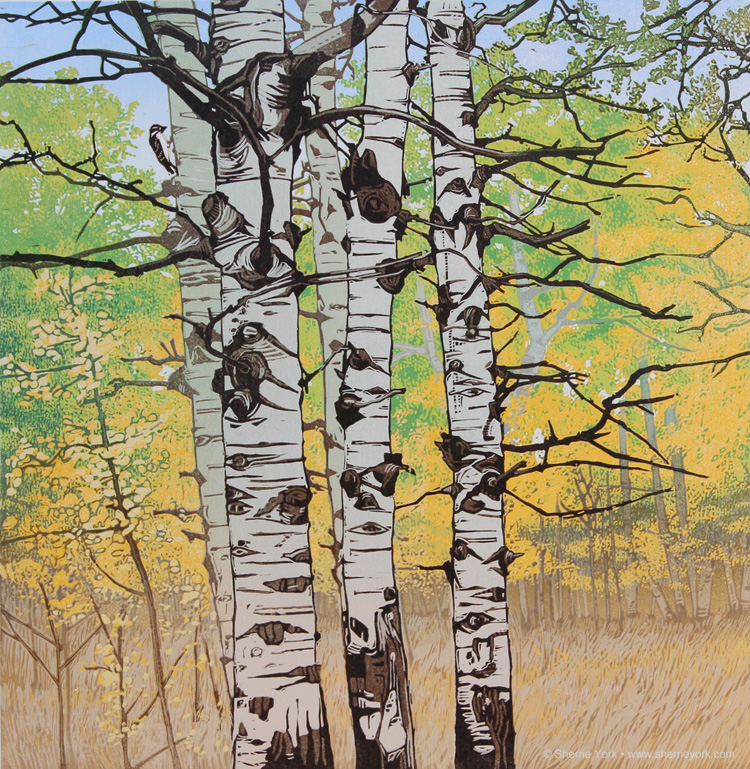
I’ve always been a fan of the “shoulder” seasons. Each day of spring and autumn is dynamic and exciting; migratory birds come and go, flowers and trees blossom and seed, and the balance of day and night waxes and wanes.

Although I now live in Maine, I grew up and spent most transitional seasons in Colorado, where spring is slow to arrive and high country autumns are intense and fleeting. In September, acres-wide stands of aspen trees quake with color as they turn from bright green to brilliant gold (and sometimes red!), but their show can be over with one strong wind or an early snow.
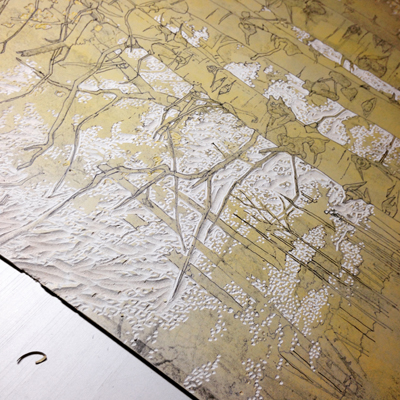
One of my favorite haunts during Colorado autumns was an area called, appropriately, Aspen Ridge. Every time I explored the ridge I was drawn to the cluster of large-trunked trees depicted in my linocut, “Trunk Show.” In fact, these same trees have been the subject of several sketches, paintings, and linocuts over the years.
Of course I’m not the only one who liked to visit this grove. Aspen stands are important in the west because they support a greater diversity of bird species than the surrounding coniferous forests. Woodpeckers, nuthatches, chickadees, warblers, flycatchers… they all rely on aspen.
When I moved to Maine just over two years ago I looked forward to discovering the rhythms and colors of seasons in the northern hardwood forest. I was delighted to find a few familiar aspen trees in between the oak, birch, and spruce behind my house, but even more comforted by the presence of some of the same bird species common to aspen groves. The woodpeckers and chickadees in particular are constant companions.

As a printmaker my first quest is always for a strong composition and graphic elements. These must be decided upon and resolved before block carving or ink rolling can begin, because carved areas can’t be erased or painted over. The vertical white trunks and dark “eyes” of the aspen tree are just such elements, and the shapes and patterns of the leaves offer a great opportunity to play with color and texture.
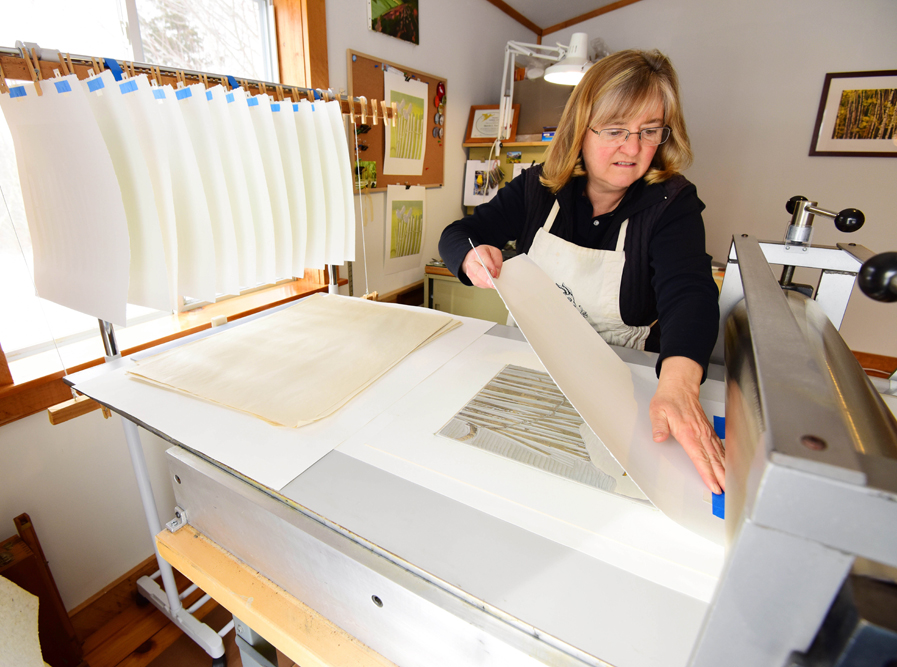
In the world of fashion, a trunk show provides an opportunity for designers and wearers to meet in a more personal and intimate way. In the larger world of nature, time spent with tree trunks allows to meet our neighbors and discover all the ways in which we are connected.
My linocuts are most often developed using a process called reduction printing. All of the colors in an image are printed from a single block of linoleum in successive stages of carving and printing. “Trunk Show” required 14 individual stages of carving and printing. It’s too much to share in a single post, but if you’d like to see how the entire piece developed, I documented all the stages on my blog, Brush and Baren. The series begins here: https://brushandbaren.blogspot.com/2016/09/linocut-in-progress-autumnal-endeavor.html
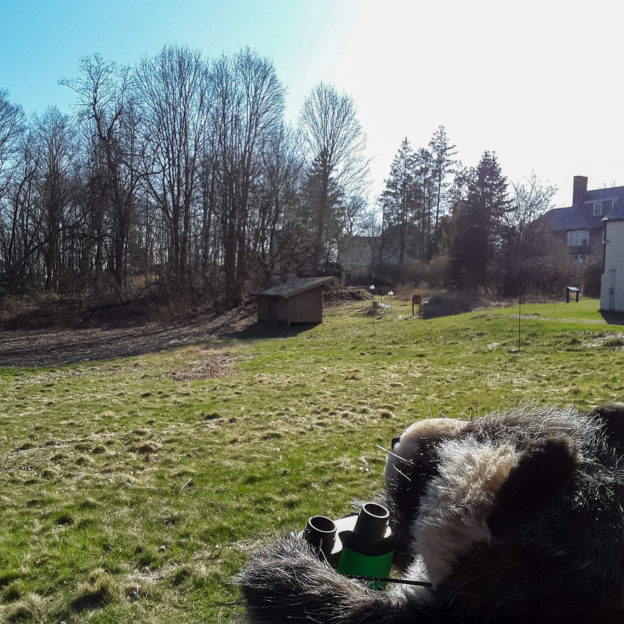



Where’s Milly today? Milly is super excited that the tree swallows have return to the meadow at MABA. She’s ready with her binoculars, cleaning out the nests from last year’s bird nest, and just enjoying being outside. Be well and safe everybody.

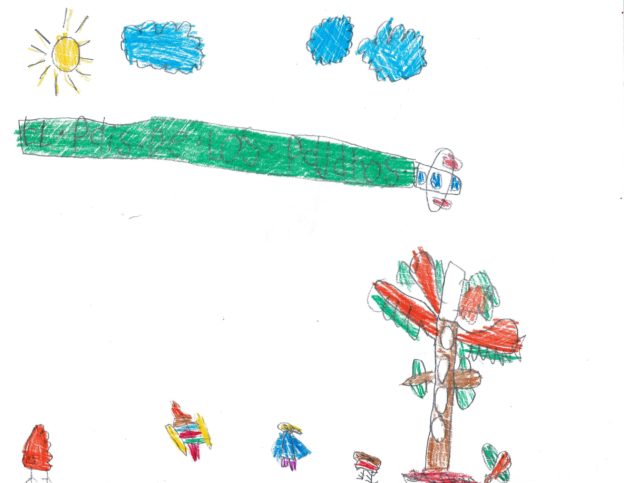
We are so inspired by the amazingly talented young bird artists that are exhibiting in this year’s Taking Flight exhibition. Since we all have to be isolated to stay safe, we wanted to bring you a virtual exhibit and a little background about the artists. We still hope to have a physical exhibition of the original art, but we want to share this wonderful work now.
Today, we are featuring Miguel Rodriguez (Age 5), a young artist from Bogata, Colombia
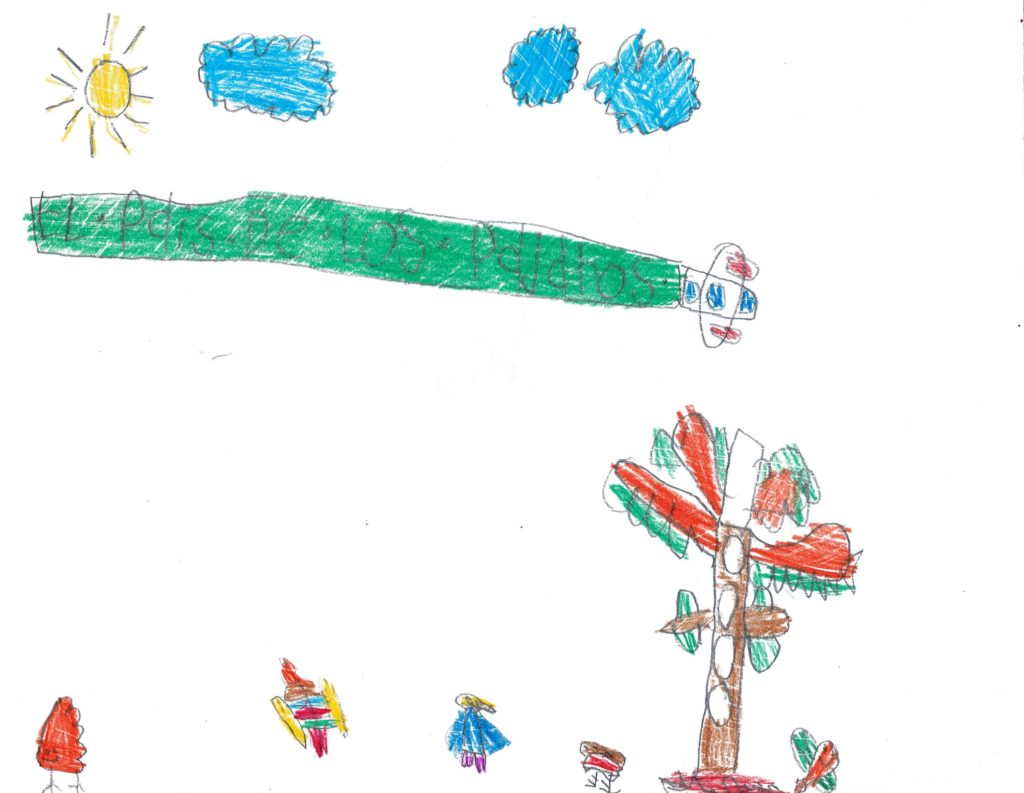
“I live by an Humedal (Wildlife Refuge) in the middle of a big city in the country of birds. My country has the most birds or the most shapes and colours in the world! My country is the country of birds!”
Enjoy these wonderful photographs of Miguel creating art.




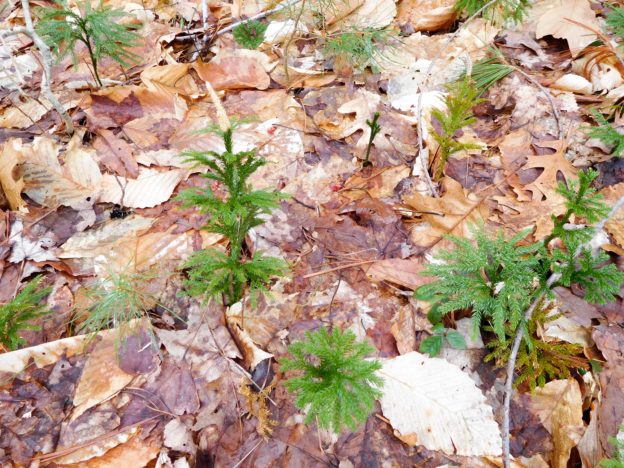
This is a guest blog post by Julianne Mehegan, a wonderful friend of MABA, birder, and naturalist
Look for this small green plant when you are walking in the woods. These plants evolved about 410 million years ago. They are found throughout Massachusetts.
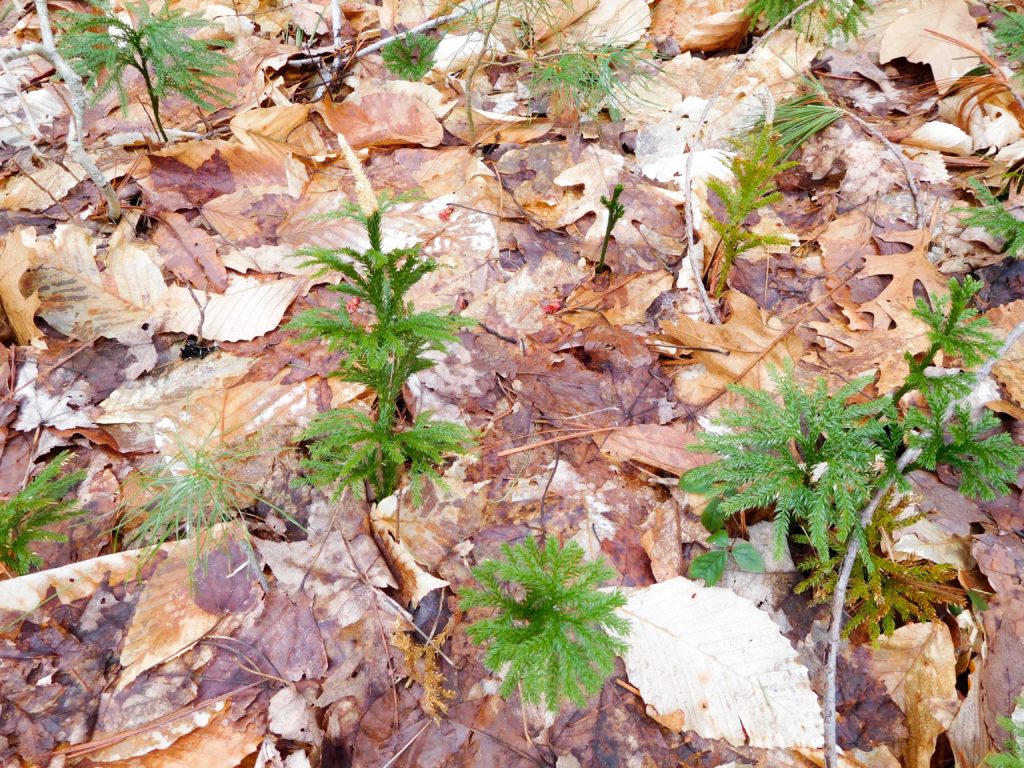
Running Cedar Wompatuck State Park, Hingham April 4, 2020 J. Mehegan
The common name of this plant is Running cedar. It looks like a small cedar tree and it “runs” along the ground. The scientific name is Lycopodium digitatum. Running cedar is in the family of plants called clubmosses. It reproduces by spores instead of seeds. The spikey, yellowish top of the plant in the center of the photo is the part of the plant that has the spores.

Source: USDA.gov

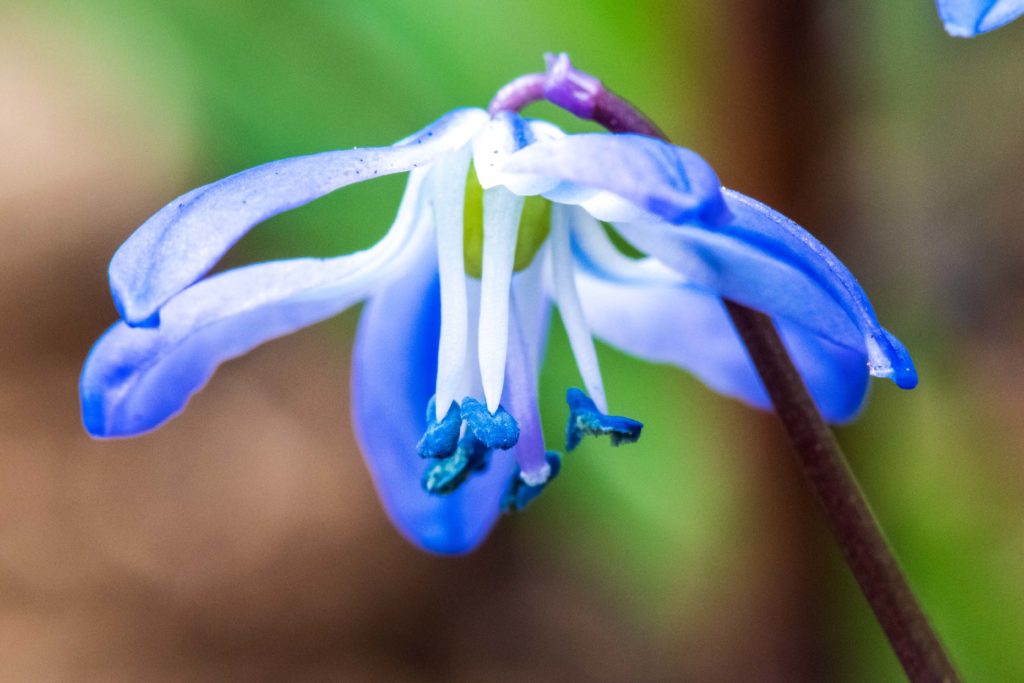
As I’ve been able to get out of the house this week, I’ve noticed a few wonderful signs of spring. I wanted to send everybody a quick pop of color on a weighty iron grey day. Be well!


Hi All, Milly is on the search for warm sunny days ahead. She’s been inside far too long and wants to get back out to search for signs of spring. Stay tuned for Milly’s next adventure.